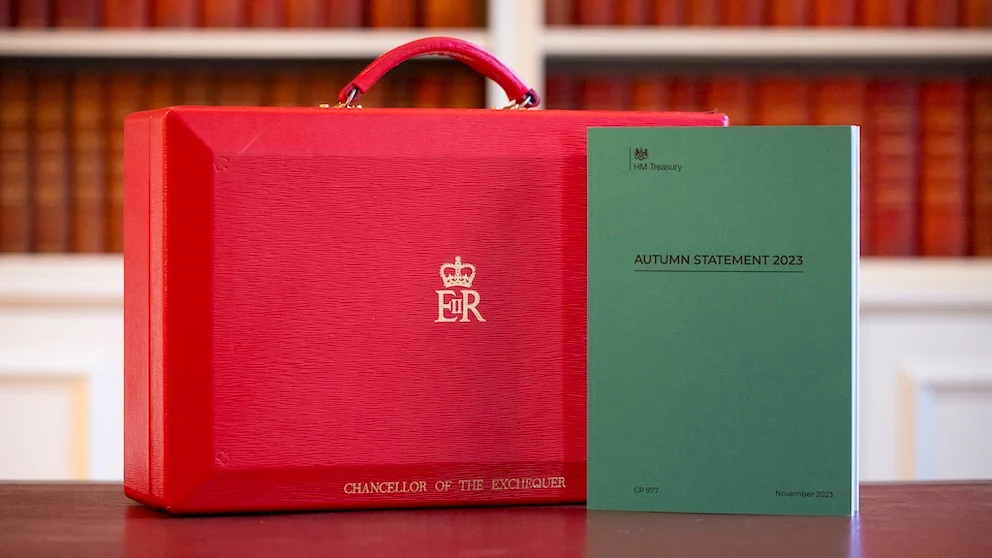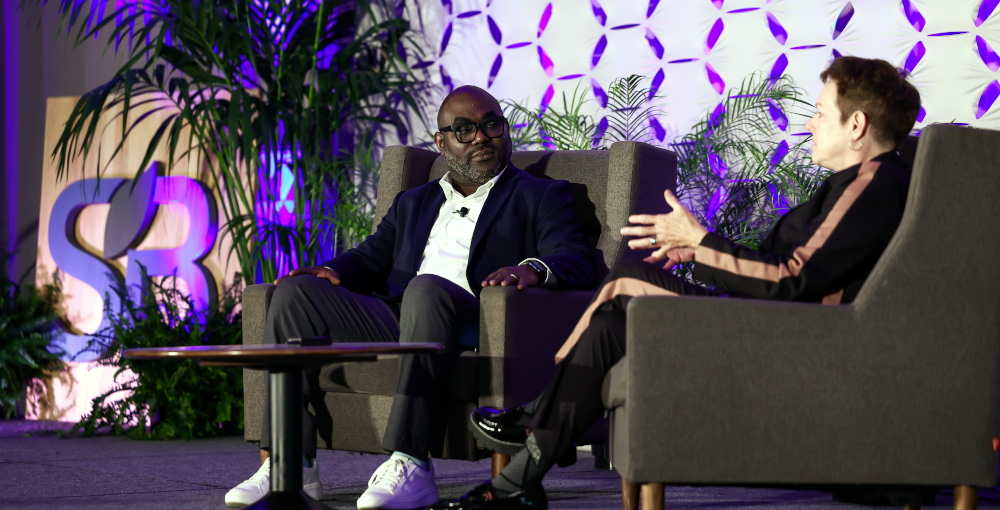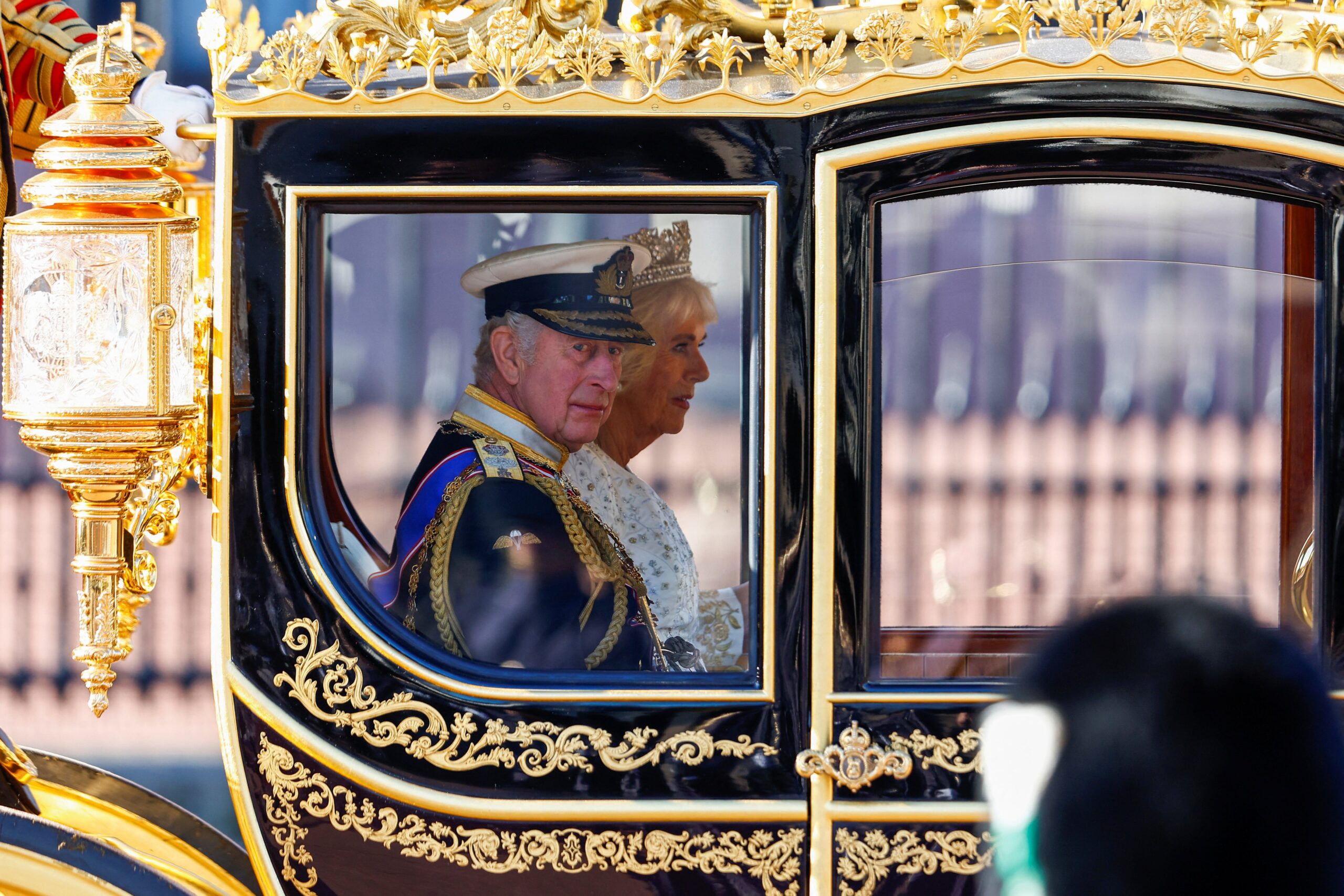The business of business has changed. Once upon a time an organisation consisted of products and services and a CEO whose remit consisted of solely reporting to both employees and shareholders, whilst also generating profits . But today, things have changed. Not only does the CEO need to report to employees and shareholders, but they also either directly or indirectly need to report to critics, media, competitors, politicians and sometimes even governments. Equally, businesses need to have stances and views and be prepared to share them if pushed.
In essence, it’s a tough crowd to please. But whilst the pressure on global business leaders has always been intense, in recent years it has felt particularly acute. So, how has the face of business evolved and how can companies navigate today’s rocky waters?
First let’s unpack the environment. Governments around the world are becoming more fragmented, and in the wake of growing socio-economic issues they are looking to corporations to back them up. This ramped up during the Trump-era when a number of businesses re-entered into politics and social discussions as a way to signal their values to their employees and customers.
Take the debate about ‘ESG’. In 2018, Larry Fink the CEO of BlackRock went all-in on the term, sparking a debate in corporate America around the usage of it. But fast forward to 2023 and there is a sudden shift in how businesses talk about ‘ESG’. And he’s not alone. There’s been a whole range of business leaders who have changed the way they talk about topics such as climate work to avoid dipping their toes into the political fault lines. It doesn’t suggest any corporations are backtracking on environmental and climate-related issues, they’re simply rethinking how they approach them in line with the sign of the times.
Now, enter the rise of the ‘celebrity CEO’. Years ago, most people couldn’t name the CEOs of some of the largest multinationals, but these days some of the most successful businesses have shifted from being faceless organisations to having their products and services interlinked with their CEOs.
From Amazon to Apple – all these brands are intrinsically linked to their leaders who all share two key traits: charisma and authenticity. Richard Tedlow described it in his book on leadership as ‘a general tendency away from the CEO as the chief mechanic of the business who kept the wheels of the company turning while working out of the public gaze to the CEO as a man or woman with a mixture of charm, guile, brilliance, and cruelty who remakes the industry and in some cases society as a whole and in the process becomes a celebrity.’ And with that, consumers are responding. They want to know about these leaders and see if their values align with theirs and if they really can close the say-do gap for their business. And if these leaders get it right, it can only lead to a positive shift in the reputation of their organisation.
And finally, the audience watching and buying into businesses is changing. And at the tip of everyone’s tongue is the elusive Gen Z. They’re notoriously un-loyal and have brands around the world wracking their brains in an attempt to capture their attention. Why? Because Gen Z will soon become the largest cohort of consumers. So, brands need to get on board with learning how to adapt and engage with them. Whether that’s through their leaders,through an evolution of their services, or how they respond to environmental and social issues. Whether they like it or not, this audience is here to stay.
All in all, it’s no easy feat for today’s businesses, from an ever-evolving landscape to changing audiences. But what’s important is for them to remain agile and ready to embrace the evolving environment, because let’s face it, the business of business has well and truly changed.

















